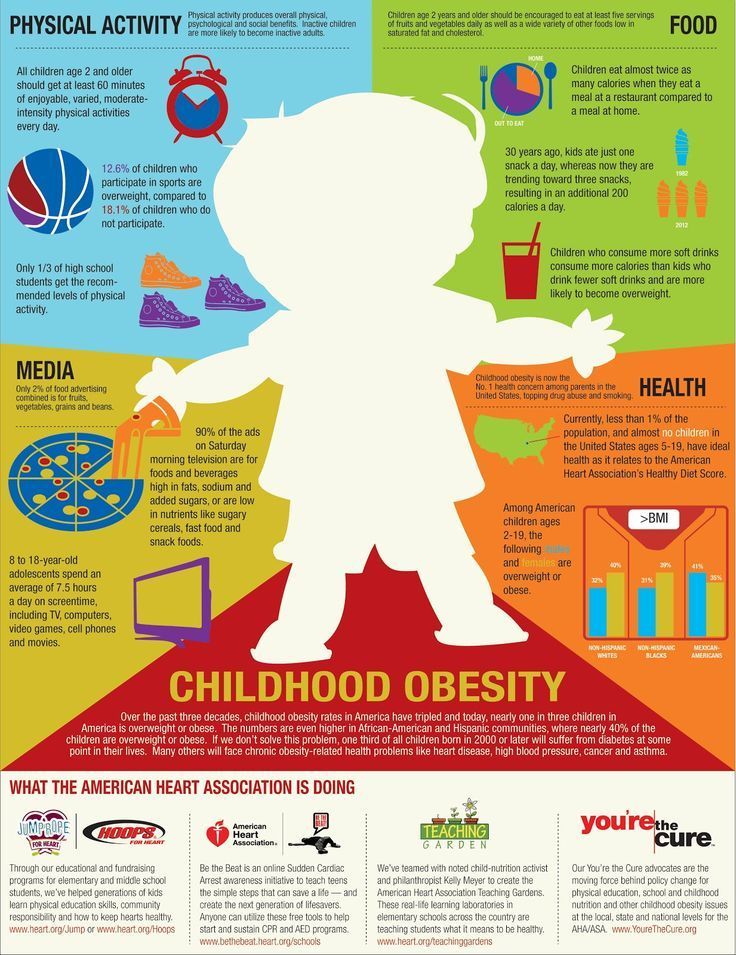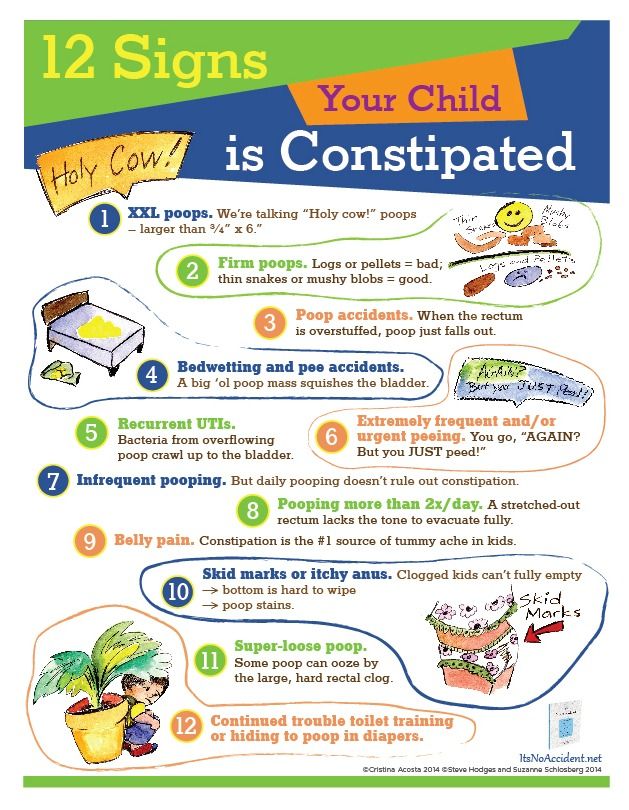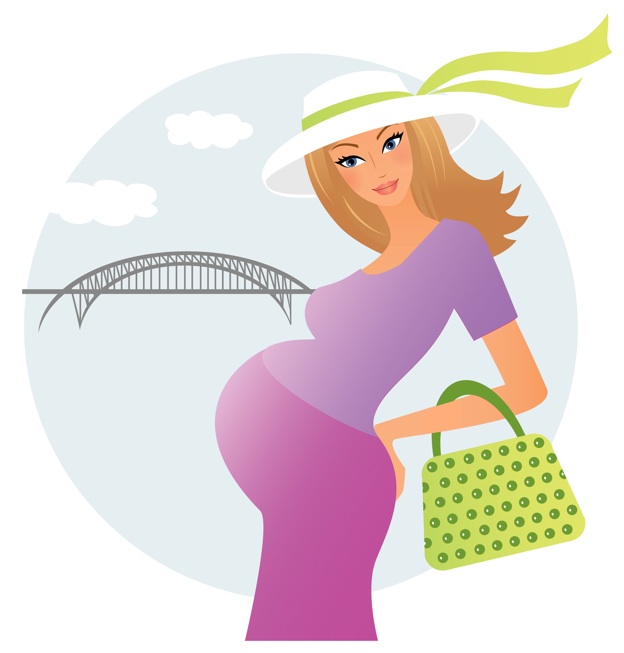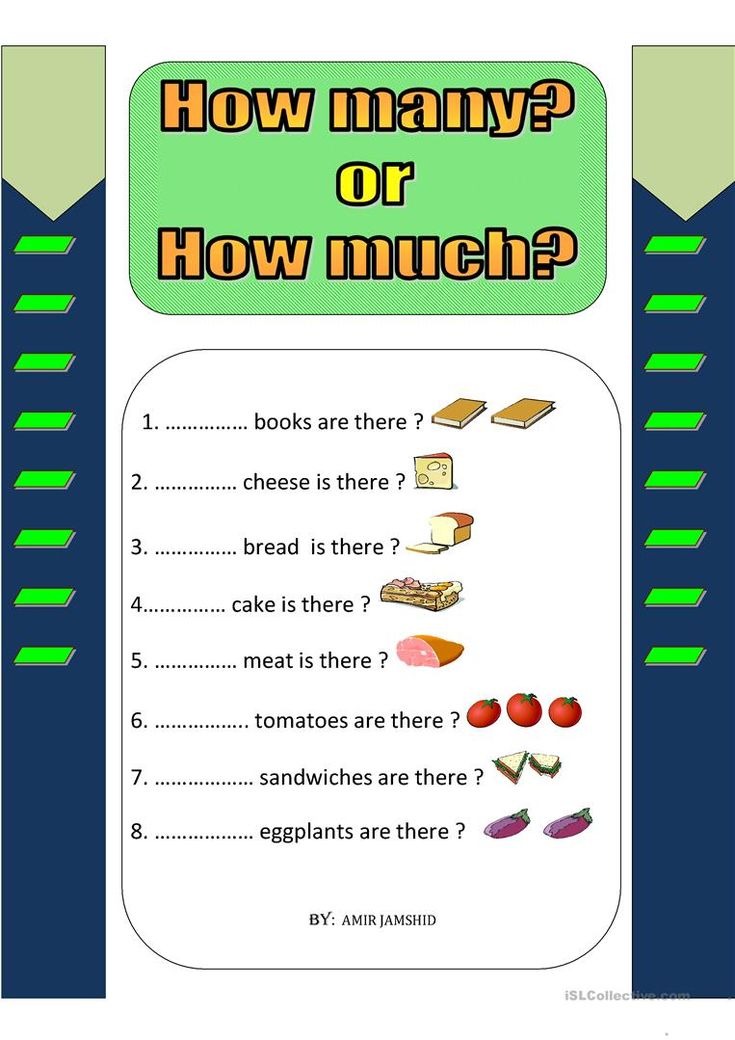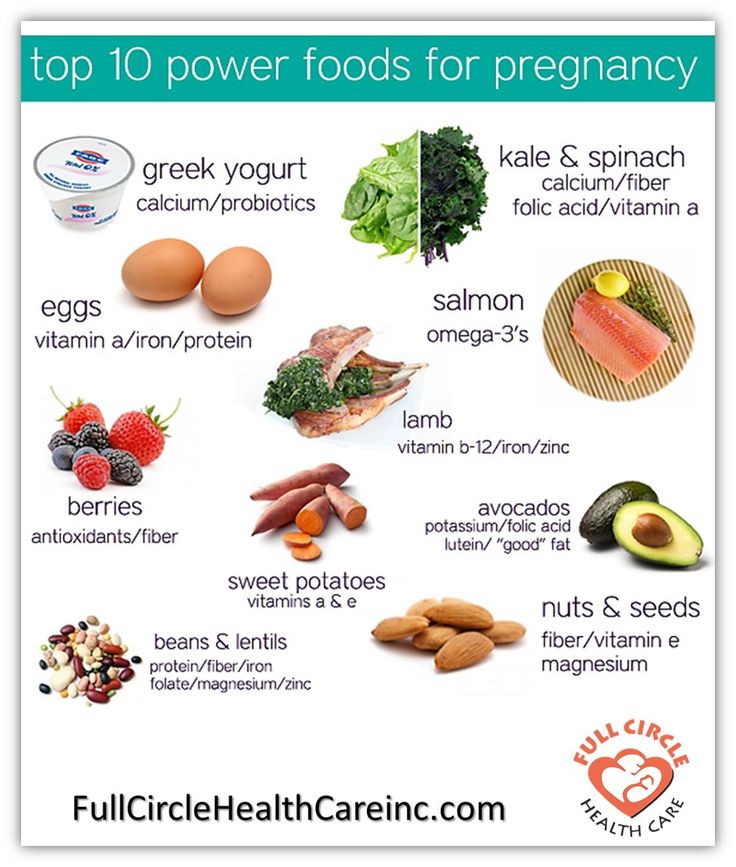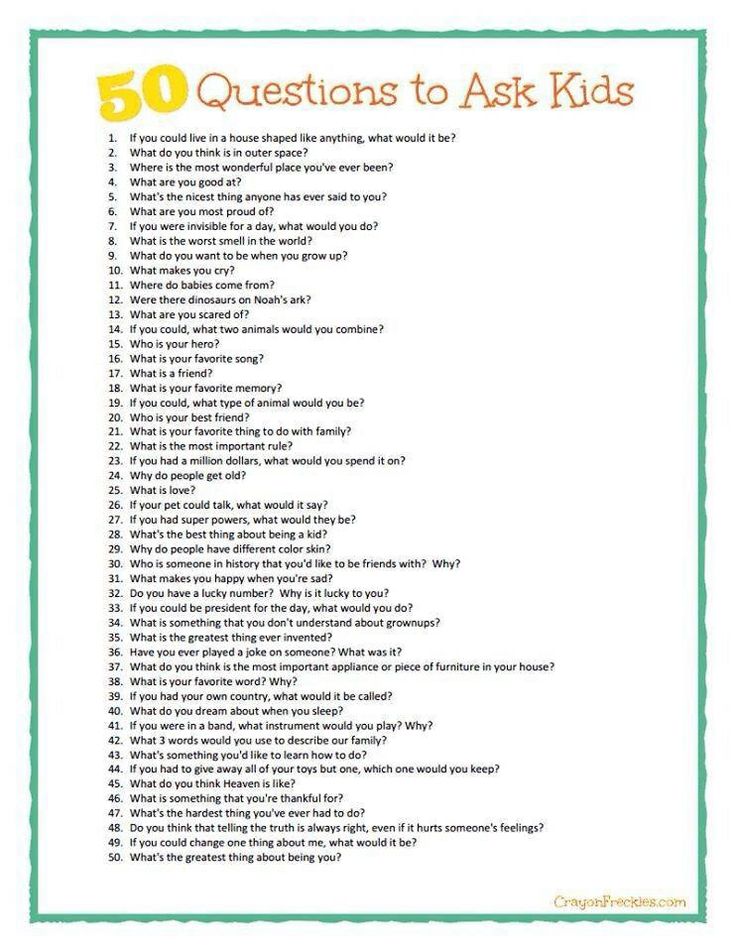How to identify abuse in a child
Identify child abuse
As a school staff member, it is critical to be able to recognise the physical or behavioural signs of child abuse. In many circumstances, they may be the only indication that a child is subject to abuse.
Trigger warning. This page includes explicit descriptions of abuse and may be distressing to read. Information on how to access support for any issues it may raise can be found at the end of the page.
The information on this page guides schools to meet their roles and responsibilities under Child Safe Standard 5: Procedures for responding to and reporting suspected child abuse.
You may be the best-placed or only adult in a position to identify and respond to suspected abuse. When identifying child abuse, it is critical to remember that:
- some instances of child abuse will fall across multiple categories (for instance, family violence may involve physical, sexual, or emotional child abuse)
- the trauma associated with child abuse can significantly impact the well-being and development of a child
- all concerns about the safety and wellbeing of a child, or the conduct of a staff member, contractor or volunteer must be acted upon as soon as possible.
If physical or behavioural indicators lead you to suspect that a child has or is being abused, or is at risk of abuse, regardless of the type of abuse, you must respond as soon as practicable by following the Four Critical Actions.
Trigger warning. This section includes explicit descriptions of abuse and may be distressing to read. Information on how to access support for any issues it may raise can be found at the end of the page.
Physical child abuse
Physical child abuse can consist of any non-accidental infliction of physical violence on a child by any person. Examples of physical abuse may include beating, shaking or burning, assault with implements and female genital mutilation.
Indicators and signs of physical abuse
Physical indicators of physical child abuse include (but are not limited to):
- bruises or welts on facial areas and other areas of the body including back, bottom, legs, arms, or inner thighs
- bruises or welts in unusual configurations
- bruises or welts that look like the object used to make the injury (for example fingerprints, handprints, buckles, iron, or teeth)
- burns from boiling water, oil, or flames
- burns that show the shape of the object used to make them (for example, iron, grill, or a cigarette)
- fractures of the skull, jaw, nose, or limbs - especially those not consistent with the explanation offered, or the type of injury not possible at the child's age of development
- cuts and grazes to the mouth, lips, gums, eye area, ears, or external genitalia
- bald patches where hair has been pulled out
- multiple injuries - old and new
- effects of poisoning
- internal injuries.

Behavioural signs of physical abuse
Behavioural indicators of physical child abuse include (but are not limited to):
- disclosure of an injury inflicted by someone else (parent, carer, or guardian)
- an inconsistent or unlikely explanation, or inability to remember the cause of injury
- unusual fear of physical contact with adults
- aggressive behaviour
- disproportionate reaction to events
- wearing clothes unsuitable for weather conditions to hide injuries
- wariness or fear of a parent, carer, or guardian
- reluctance to go home
- no reaction or little emotion displayed when being hurt or threatened
- habitual absences from school without reasonable explanation
- overly compliant, shy, withdrawn, passive, or uncommunicative
- unusually nervous, hyperactive, aggressive, disruptive, or destructive to self or others
- poor sleeping patterns, fear of the dark, nightmares, or regressive behaviour (for example, bed-wetting)
- drug or alcohol misuse, suicidal thoughts, or self-harm.

Please note that physical harm may also be caused by student fights or bullying. Strategies for teachers to address bullying is available on our Bully Stoppers website.
Support for Government schools
- School operations on student fights: Restraint and seclusion
- Contact: Incident Support and Operations Centre on 1800 126 126
- Report child abuse in schools
Support for Catholic schools
- Catholic schools policies and guidelines: Child safety
- Report child abuse in schools
- Contact:
- Archdiocese of Melbourne, Student Wellbeing Information on (03) 9267 0228
- Diocese of Sale, Executive Manager Industrial Relations - Human Resources on (03) 5622 6600
- Diocese of Ballarat, Student Wellbeing on (03) 5337 7135
- Diocese of Sandhurst, ConsultantPastoral Wellbeing on (03) 5443 2377
Support for Independent schools
- Contact: Independent Schools Victoria on (03) 9825 7200
- Report child abuse in schools
Child sexual abuse
Child sexual abuse is when a person uses power or authority over a child to involve them in sexual activity and can include a wide range of sexual activity including:
- fondling the child’s genitals
- oral sex
- vaginal or anal penetration by a penis, finger or another object
- exposure of the child to pornography.

Child sexual abuse may not always include physical sexual contact and can also include non-contact offences, such as:
- talking to a child in a sexually explicit way
- sending sexual messages or emails to a child
- exposing a sexual body part to a child
- forcing a child to watch a sexual act (including showing pornography to a child)
- having a child pose or perform in a sexual manner (including child sexual exploitation).
Child sexual abuse does not always involve force. In some circumstances, a child may be manipulated into believing that they have brought the abuse on themselves, or that the abuse is an expression of love, through a process of grooming.
Child sexual exploitation
Child sexual exploitation is also a form of sexual abuse where offenders use their power - physical, financial, or emotional - over a child to sexually or emotionally abuse them.
It often involves situations and relationships where young people receive something (such as food, accommodation, drugs, alcohol, cigarettes, affection, gifts, money etc.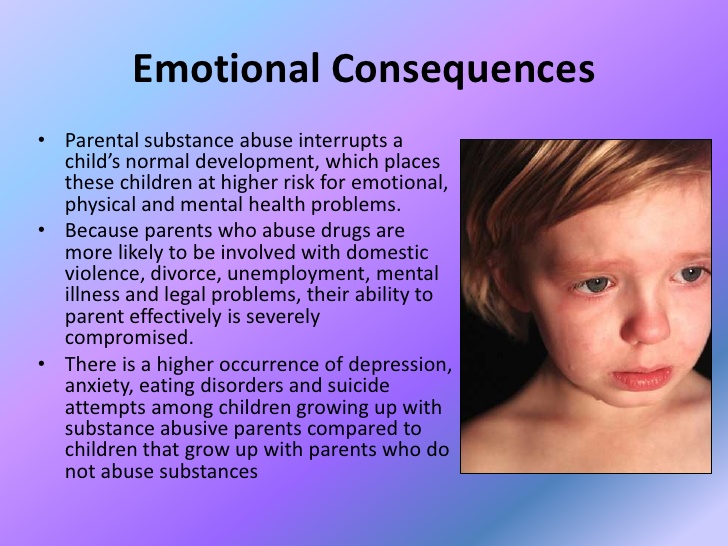 ) in return for participating in sexual activities.
) in return for participating in sexual activities.
Child sexual exploitation can occur in person or online, and sometimes the child may not even realise they are a victim.
Children most at risk of sexual abuse
Any child can be a victim of sexual abuse, however, children who are vulnerable, isolated, or have a disability are much more likely to become victims, and are disproportionately abused. Refer to advice on identify perpetrators of child sexual abuse.
Common perpetrators of child sexual abuse
Child sexual abuse is most commonly perpetrated by someone who is known to and trusted by the child, and often someone highly trusted within their families, communities, schools or other institutions. Refer to advice on identify perpetrators of child sexual abuse.
Perpetrators can include, but are not limited to:
- a family member (this is known as intrafamily abuse and can include sibling abuse)
- a school staff member, coach, or another carer
- a peer or child 10 years or over*
- a family friend or stranger
- any person via a forced marriage (where a student is subject to marriage without their consent, arranged for by their immediate or extended family - this constitutes a criminal offence and must be reported).
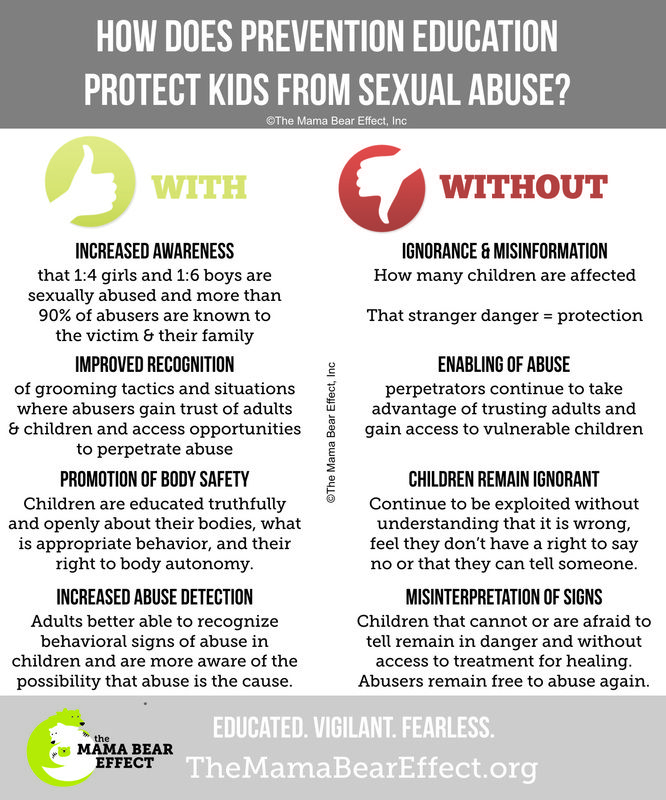
*Unwanted sexual behaviour toward a student by a person 10 years or over can constitute a sexual offence and is referred to as student-to-student sexual offending.
Please note that a child who is under 10 years of age is not considered capable of committing an offence. Any suspected sexual behaviours by children under 10 are referred to as problem sexual behaviour.
Physical indicators of child sexual abuse
Physical indicators of sexual abuse include (but are not limited to):
- injury to the genital or rectal area (for example bruising, bleeding, discharge, inflammation or infection)
- injury to areas of the body such as breasts, buttocks or upper thighs
- discomfort in urinating or defecating
- presence of foreign bodies in the vagina or rectum
- sexually-transmitted diseases
- frequent urinary tract infections
- pregnancy, especially in very young adolescents
- anxiety-related illnesses (for example anorexia or bulimia)
Behavioural indicators of child sexual abuse
Behavioural indicators of sexual abuse include (but are not limited to):
- disclosure of sexual abuse, either directly (from the alleged victim) or indirectly (by a third person or allusion)
- persistent and age-inappropriate sexual activity (for example excessive masturbation or rubbing genitals against adults)
- drawings or descriptions in stories that are sexually explicit and not age-appropriate
- fear of home, specific places, or particular adults
- poor or deteriorating relationships with adults and peers
- poor self-care or personal hygiene
- complaining of headaches, stomach pains or nausea without physiological basis
- sleeping difficulties
- regressive behaviour (for example bed-wetting or speech loss)
- depression, self-harm, drug or alcohol abuse, or attempted suicide
- sudden decline in academic performance, poor memory or concentration
- engaging in sex work or sexual risk-taking behaviour
- wearing layers of clothing to hide injuries and bruises.
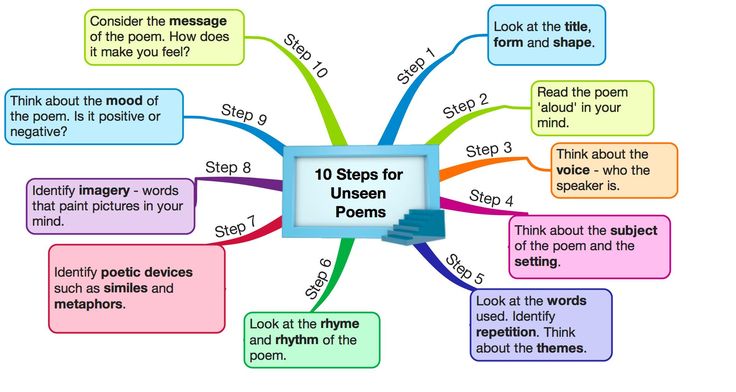
Identifying perpetrators of child sexual abuse
In addition to identifying the physical and behavioural signs of abuse in children, you can play a critical role in identifying signs that a member of the school community may be engaging in child sexual abuse, or grooming a child to engage in sexual activity.
Most critically you must follow the Four Critical Actions if you:
- feel uncomfortable about the way an adult interacts with one or more children
- suspect that the adult may be engaging in sexual abuse of one or more children
- suspect that the adult is grooming the child or children to engage in sexual activity
- reasonably believe that the adult is at risk of engaging in sexual activity with one or more children.
You must report suspected abuse, or risk of abuse regardless of any concerns about the risk to the reputation of the suspected perpetrator or school.
A failure to report can result in criminal charges and your report could prove critical to protecting children in your care.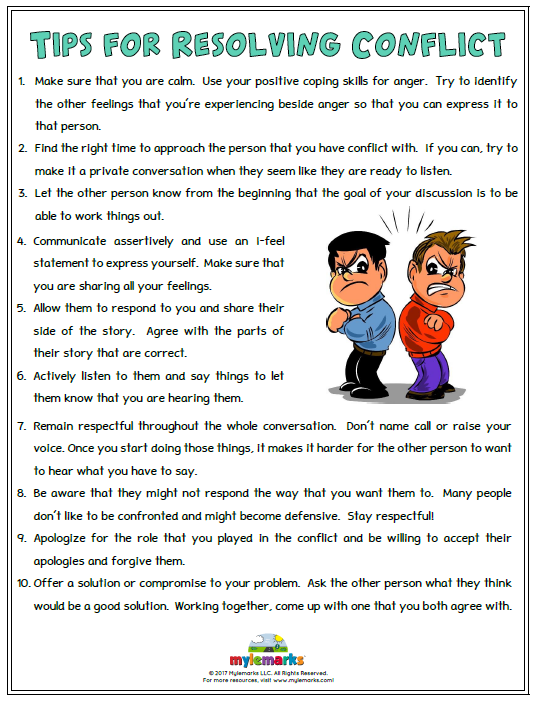
Behavioural indicators for perpetrators of child sexual abuse
Behavioural indicators for perpetrators of child sexual abuse include (but are not limited to):
Family member (adult)
- attempts by one parent to alienate their child from the other parent
- the overprotective or volatile relationship between the child and one of their parents or family members
- reluctance by the child to be alone with one of their parents or family members.
Family member (sibling)
- the child and a sibling behaving like they are in an intimate relationship
- reluctance by the child to be alone with a sibling
- embarrassment by siblings if they are found alone together.
School staff member, coach, or another carer
- touching a child inappropriately
- bringing up sexual material or personal disclosures into conversations with a student
- inappropriately contacting a student (for example calls, emails, texts, or social media)
- obvious or inappropriate preferential treatment of the student (making them feel 'special')
- giving of gifts to a student
- having inappropriate social boundaries (for example: telling the potential victim about their problems)
- offering to drive a student to or from school
- inviting themselves over to their homes, or calling them at night
- befriending the parents themselves and making visits to their home
- undermining the child's reputation, so that the child won't be believed.

More information
- Child sexual exploitation and grooming
- Bully Stoppers advice: sexting and the transmission of sexual images between students
- Policy: Student Sexual Offending and Problem Sexual Behaviour
Grooming
Grooming is a criminal offence. It occurs when an adult engages in predatory conduct to prepare a child for sexual abuse at a later time. Grooming can include:
- communicating or attempting to befriend
- establish a relationship or other emotional connection with the child, their parent, or carer.
Sometimes it is hard to see when someone is being groomed until after they have been sexually abused because some grooming behaviour can look like 'normal' caring behaviour. For example:
- giving gifts or special attention to a child, their parent, or carer (this can make a child feel special or indebted to an adult)
- controlling a child through threats, force, or use of authority (this can make a child fearful to report unwanted behaviour)
- making close physical contacts sexual, such as inappropriate tickling or wrestling
- openly or pretending to accidentally expose the victim to nudity, sexual material or acts (this in itself is classified as child sexual abuse but can also be a precursor to physical sexual assault).

Online grooming
Grooming includes online grooming. It occurs when an adult uses electronic communication (including social media) in a predatory fashion to try to lower a child’s inhibitions or heighten their curiosity regarding sex, to eventually meet them in person for sexual activity. This can include online chats, sexting, and other interactions. Any incidents of suspected grooming must be reported by following the Four Critical Actions.
Online grooming can also precede online child exploitation, a form of child exploitation where adults use the internet or mobile to communicate sexual imagery with or of a child (for instance, via a webcam).
Any incidents of suspected online child exploitation must be reported.
Behavioural indicators that a child may be subject to grooming
Behavioural indicators that a child may be subject to grooming include (but are not limited to):
- developing an unusually close connection with an older person
- displaying mood changes (such as hyperactive, secretive, hostile, aggressive, impatient, resentful, anxious, withdrawn, or depressed)
- using street or different language, copying the way the new 'friend' may speak, talking about the new 'friend' who does not belong to his or her normal social circle
- possessing jewellery, clothing or expensive items given by the 'friend'
- possessing large amounts of money which he or she cannot account for
- using a new mobile phone (given by the 'friend') excessively to make calls, videos, or send text messages
- being excessively secretive about their use of communications technologies, including social media
- frequently staying out overnight, especially if the relationship is with an older person
- being dishonest about where they've been and who they’ve been with
- using drugs (physical evidence can include spoons, silver foil, ‘tabs', or ‘rocks’)
- assuming a new name and owning a false ID, stolen passport, or driver's license provided by the 'friend' to avoid detection
- being picked up in a car by the 'friend' from home, school, or 'down the street'.
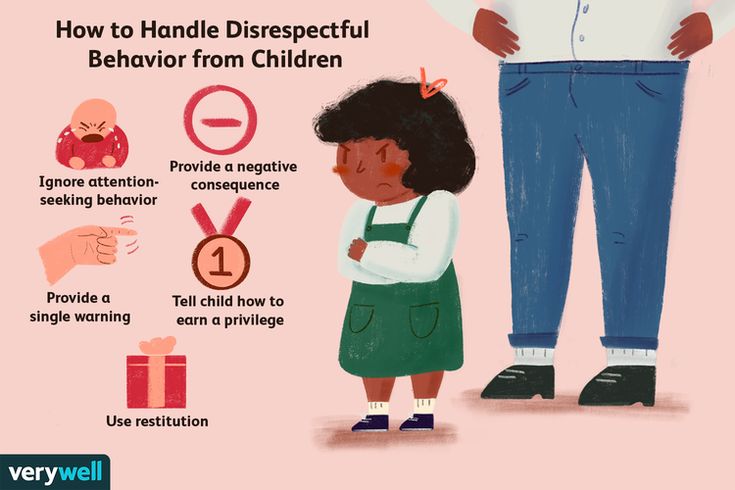
More information
- Child sexual exploitation and grooming
- Bully Stoppers advice: online grooming and sexting and the transmission of sexual images between students
- Indicators to look for in suspected perpetrators of child sexual abuse
Family violence
The Family Violence Protection Act 2008 (Vic) defines family violence as behaviour towards a family member where the behaviour:
- is physically or sexually abusive
- is emotionally or psychologically abusive
- is economically abusive
- is threatening or coercive
- in any other way controls or dominates the family member and causes that family member to feel fear for the safety or wellbeing of that family member or another person.
A child can be the victim of any of these behaviours. Family violence also includes behaviour that causes a child to hear or witness, or otherwise be exposed to the effects of any of these behaviours.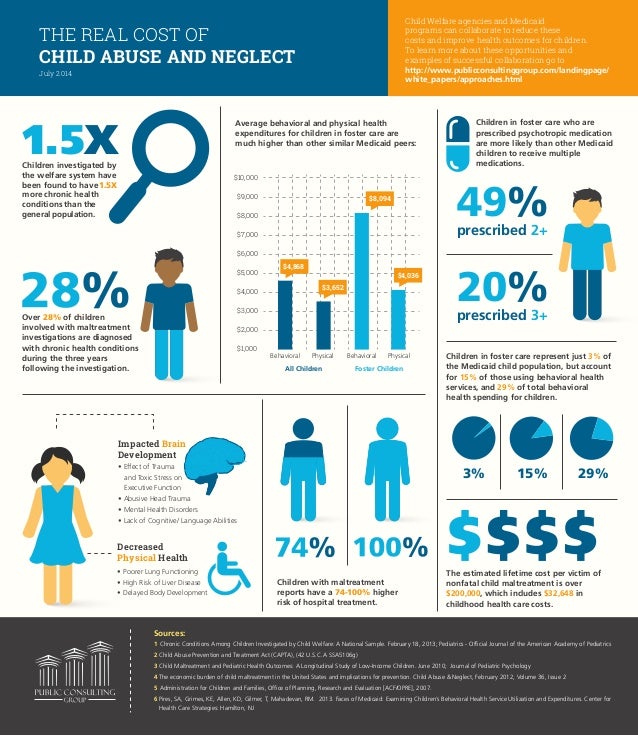
A child or young person might be a victim of family violence in the following ways:
- being hit, yelled at, or otherwise directly abused
- being injured
- being sexually abused
- experiencing fear for self
- experiencing fear for another person, a pet, or belongings
- seeing, hearing, or otherwise sensing violence directed against another person
- seeing, hearing, or otherwise sensing the aftermath of violence (such as broken furniture, smashed crockery, or an atmosphere of tension)
- knowing or sensing that a family member is in fear
- being told to do something (such as to be quiet or to ‘behave’) to prevent violence
- being blamed for not preventing violence
- attempting to prevent or minimise violence
- attempting to mediate between the perpetrator and another family member
- being threatened or co-opted by the perpetrator into using violent behaviour against another family member
- being co-opted into supporting the perpetrator or taking their side
- being isolated or socially marginalised in ways that are directly attributable to the perpetrator’s controlling behaviours.
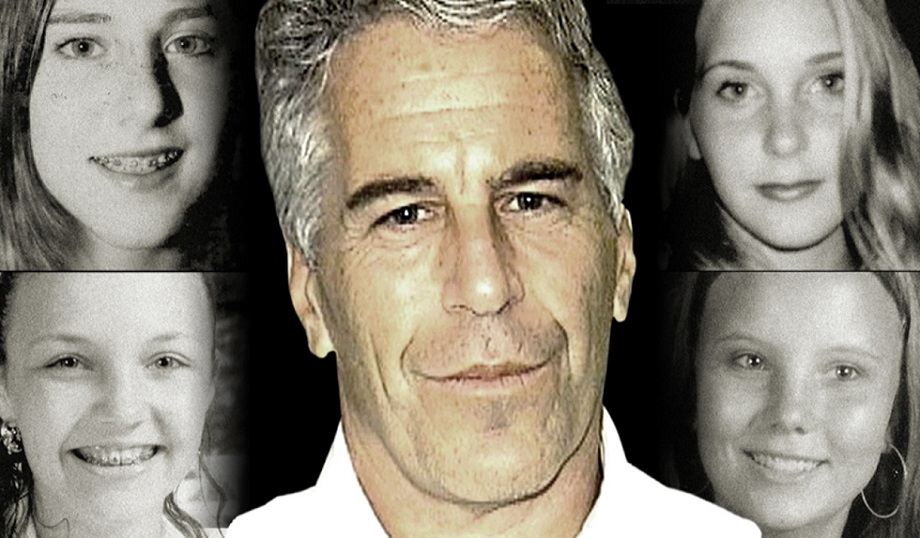
Family violence is predominantly (although not always) perpetrated by men against women and children. Children most commonly experience family violence through a partner or ex-partner of the mother. A child (or children) may also be the target of the behaviour (including a direct or indirect attack on the mother-child relationship) or may witness the behaviours, or the effects of the behaviours.
Family violence can have devastating impacts on children
Experiences of family violence create significant risks to a child’s social, emotional, psychological and physical health and wellbeing. The longer a child experiences family violence, the greater the impact can be.
Action must be taken to protect the child and to limit their trauma and support their recovery. As a school staff member, you may be in the best position to identify that a child may be experiencing family violence and to take steps to protect the child by following the Four Critical Actions.
Family violence in our communities
Unfortunately, the incidence of family violence is high. Family violence is one of the most significant and serious issues facing our communities, with a devastating impact on the health and wellbeing of many Victorians.
It occurs within all social, cultural and economic groups, although some groups experience greater barriers to accessing help and support. Women are particularly vulnerable to family violence during pregnancy. Family violence does not necessarily end if the relationship ends. The family violence may not only continue but may increase in frequency and severity, especially during the period where the action is taken to leave or end the relationship.
Identifying family violence
Family violence can be difficult to identify. Victims of family violence, including children, often become very adept at hiding their distress as a coping and safety strategy.
The following sections outline some of the key physical and behavioural indicators of family violence in children.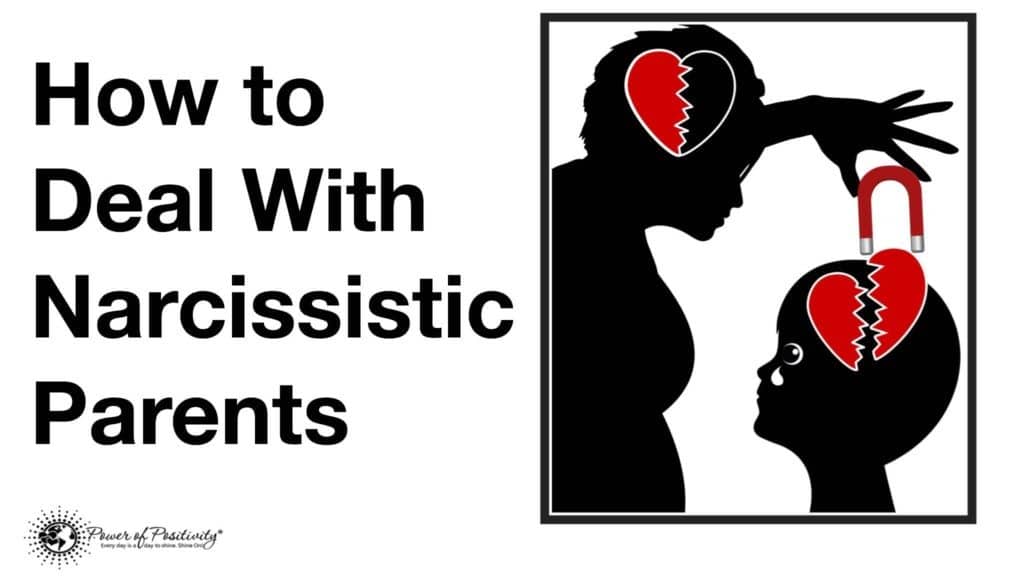 These indicators are drawn from the Department of Families, Fairness, and Housing (DFFH) family violence multi-agency risk assessment and management framework.
These indicators are drawn from the Department of Families, Fairness, and Housing (DFFH) family violence multi-agency risk assessment and management framework.
The Framework was updated in response to recommendations of the Royal Commission into Family Violence: the Family Violence Multi-Agency Risk Assessment and Management Framework (published under the former title, Department of Health and Human Services - DHHS)
Physical indicators of family violence
Physical indicators of family violence include (but are not limited to):
- speech disorders
- delays in physical development
- failure to thrive (without an organic cause)
- bruises, cuts, or welts on facial areas, and other parts of the body including back, bottom, legs, arms or inner thighs
- any bruises or welts (old or new) in unusual configurations
- any bruises or welts that look like the object used to make the injury (such as fingerprints, handprints, buckles, iron, or teeth)
- fractured bones, especially in an infant where a fracture is unlikely to have occurred accidentally
- poisoning
- internal injuries.
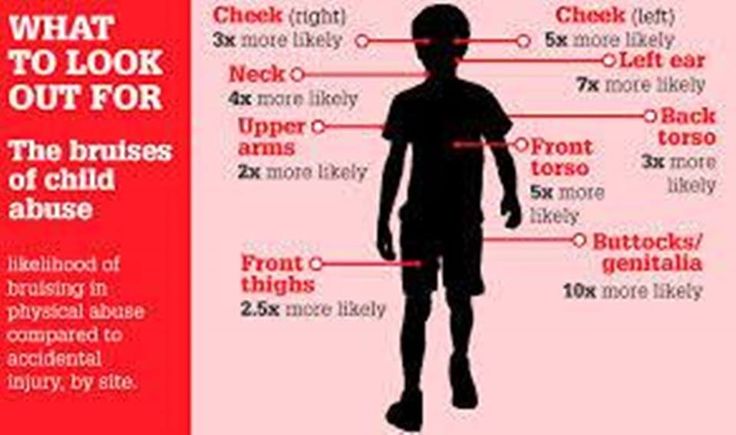
Behavioural indicators of family violence
Behavioural indicators of family violence include (but are not limited to):
- violent or aggressive behaviour and language
- depression, anxiety, or suicidal thoughts
- appearing nervous and withdrawn - including wariness or distrust of adults
- difficulty adjusting to change
- psychosomatic illness
- bedwetting or sleeping disorders
- 'acting out', such as cruelty to animals
- extremely demanding, attention-seeking behaviour
- participating in dangerous risk-taking behaviours to impress peers
- overly compliant, shy, withdrawn, passive, and uncommunicative behaviour
- taking on a caretaker role prematurely, or trying to protect other family members
- embarrassment about family
- demonstrated fear of parents, carers, or guardians, and of going home
- disengagement from school (absenteeism, lateness, school refusal) or poor academic outcomes
- parent-child conflict
- wearing long-sleeved clothes on hot days in an attempt to hide bruising or another injury
- becoming fearful when other children cry or shout
- being excessively friendly to strangers.
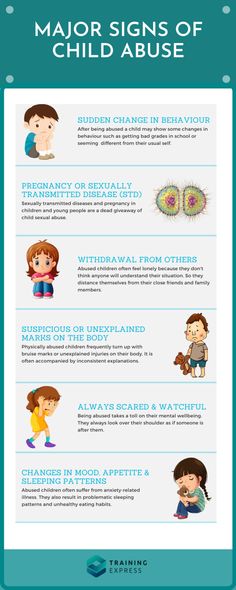
For older children and young people indicators can also include:
- moving away or running away from home
- entering a relationship early to escape the family home
- entering into other violent or unsafe relationships
- involvement in risk-taking or unlawful activity
- alcohol and substance misuse.
Identifying family violence in parents and carers
As a school staff member, you will likely have contact with a child’s parent or carer. Through interactions with parents and carers, you may identify signs, or receive a disclosure that a child is experiencing family violence. Noting that if a parent is experiencing family violence, it is highly likely that their child is also impacted.
You should always respond to any reasonable suspicion or belief that a child may be experiencing family violence by following the Four Critical Actions.
Key indicators that a family member is experiencing violence include:
- nervous, ashamed or evasive behaviour
- describing their partner as controlling or prone to anger
- appearing to be uncomfortable or anxious in the presence of their partner
- being accompanied by their partner, who does most of the talking
- having physical signs of violence, such as bruising
- giving an unconvincing explanation of injuries that they (or their child) have sustained
- suffering anxiety, panic attacks, stress, or depression.

Some alleged perpetrators of family violence may also be subject to court orders, including family violence intervention orders.
More information
- Department of Families, Fairness, and Housing (DFFH): Family violence
- Policy: Family Violence Support
Emotional child abuse
Emotional child abuse occurs when a child is repeatedly rejected, isolated, or frightened by threats, or by witnessing family violence.
It also includes hostility, derogatory name-calling and put-downs, and persistent coldness from a person, to the extent that the child suffers, or is likely to suffer, emotional or psychological harm to their physical or developmental health. Emotional abuse may occur with or without other forms of abuse.
Physical indicators of emotional child abuse
Physical indicators of emotional abuse include (but are not limited to):
- speech disorders such as language delay, stuttering, or selectively being mute (only speaking with certain people or in certain situations)
- delays in emotional, mental, or physical development.
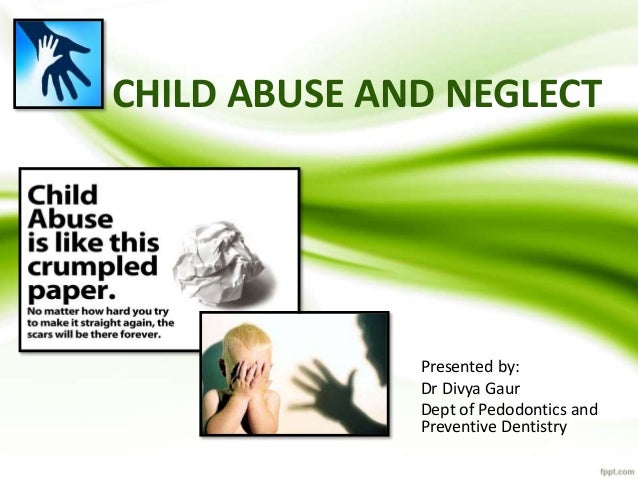
Behavioural indicators of emotional child abuse
Behavioural indicators of emotional abuse include (but are not limited to):
- overly compliant, passive, and undemanding behaviour
- extremely demanding, aggressive, and attention-seeking behaviour or anti-social and destructive behaviour
- low tolerance or frustration
- poor self-image and low self-esteem
- unexplained mood swings, depression, self-harm, or suicidal thoughts
- behaviours that are not age-appropriate (for instance overly adult or overly infantile)
- fear of failure, overly high standards, and excessive neatness
- poor social and interpersonal skills
- violent drawings or writing
- lack of positive social contact with other children.
Neglect
Neglect includes a failure to provide the child with an adequate standard of nutrition, medical care, clothing, shelter, or supervision to the extent that the health or physical development of the child is significantly impaired or placed at serious risk.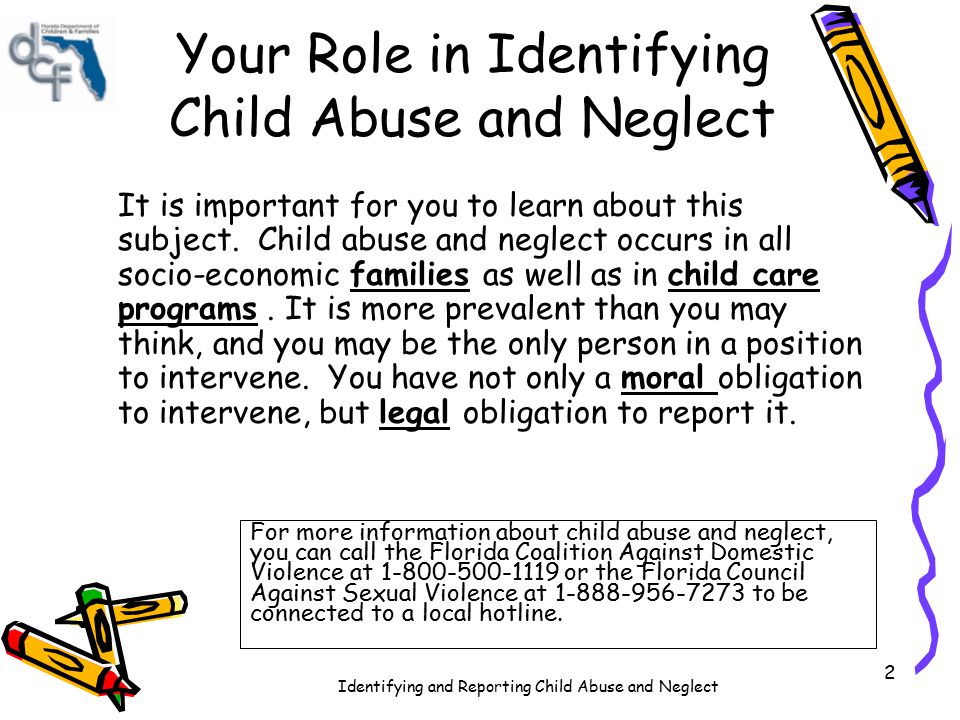
In some circumstances the neglect of a child:
- can place the child’s immediate safety and development at serious risk
- may not immediately compromise the safety of the child, but is likely to result in longer-term cumulative harm.
Physical indicators of neglect
Physical indicators of neglect include (but are not limited to):
- appearing consistently dirty and unwashed
- being consistently inappropriately dressed for weather conditions
- being at risk of injury or harm due to consistent lack of adequate supervision from parents
- being consistently hungry, tired, and listless
- having unattended health problems and lack of routine medical care
- having inadequate shelter and unsafe or unsanitary conditions.
Behavioural indicators of neglect include (but are not limited to):
- gorging when food is available or inability to eat when extremely hungry
- begging for or stealing food
- appearing withdrawn, listless, pale, and weak
- aggressive behaviour or irritability
- involvement in criminal activity
- little positive interaction with a parent, carer, or guardian
- poor socialising habits
- excessive friendliness towards strangers
- indiscriminate acts of affection
- poor, irregular, or non-attendance at school
- staying at school for long hours and refusing or being reluctant to go home
- self-destructive behaviour
- taking on an adult role of caring for parents.
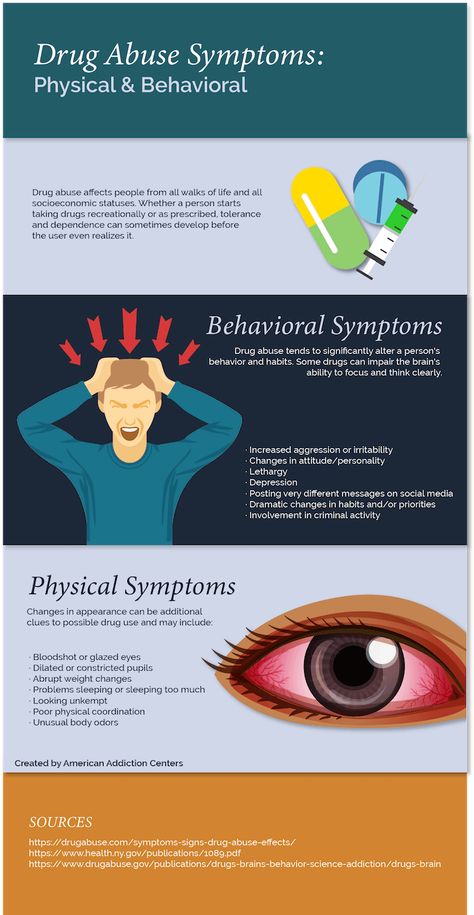
You should always respond to any reasonable suspicion or belief that a child may be experiencing neglect by following the Four Critical Actions.
Sexual behaviour in children under 10 Years
Student sexual offending
Student sexual offending refers to sexual behaviour that is led by a student 10 years and over, which may amount to a sexual offence.
If you suspect a student of sexual offending, refer to Identifying and responding to Student Sexual Offending.
The problem of sexual behaviour in children under 10
Most children and young people are likely to engage in some level of age-appropriate sexual behaviour as part of their development. Sexual behaviour can present itself along a broad continuum, with research suggesting that only a small number of children and young people develop problem sexual behaviour.
Unfortunately this video doesn't include captions but we're working on producing an accessible version.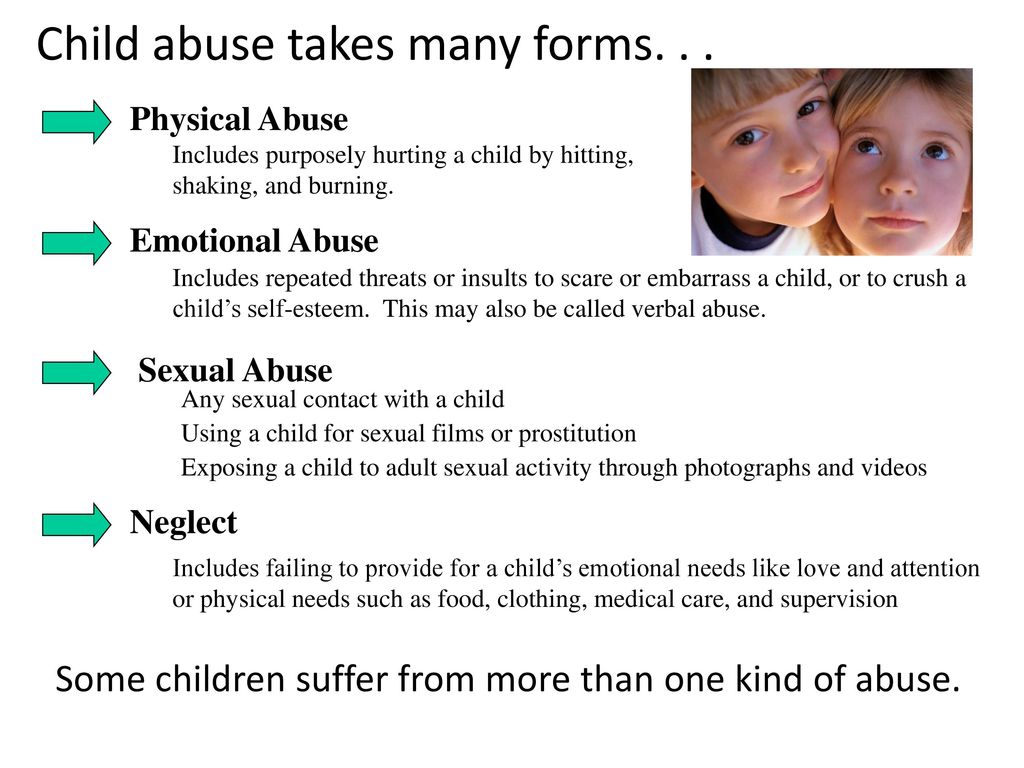
Willa: Hi again, and welcome to the section on identifying signs of abuse.
Dane and I are going to look at the types of abuse and the common signs of abuse. You can check out the factsheet or read through the text on the website if you need more detail.
Dane: So Willa, as you said earlier, as a school staff member we play a really critical role in identifying abuse.
For some kids, we might be the only people in their lives that are in a position to identify and report signs of abuse.
Willa: That’s right, which is why it’s really important that we know what we’re looking for.
Dane: Willa, do you know which children are the most likely to be abused?
Willa: Any child can be abused. But children who are vulnerable, isolated or have a disability are much more likely to become a victim of abuse.
Dane: There are lots of forms of abuse too, aren’t there? There is:
- physical abuse
- sexual abuse
- grooming
- emotional or physiological harm
- neglect
- and family violence
Willa: Yeah, that’s right. Let’s look at each of them.
Let’s look at each of them.
Dane: Physical child abuse can consist of any non-accidental infliction of physical violence on a child by any person. Examples of physical abuse may include beating, shaking or burning, assault with implements and female genital mutilation.
Willa: Child sexual abuse is:
- when a person uses power or authority over a child to involve them in sexual activity
- It does not always involve physical contact or force (For example, talking to a child in a sexually explicit way or showing them pornography).
Dane: Sometimes a child may be manipulated into thinking that they brought the abuse on themselves, or that the abuse is an expression of love through a process of grooming.
Willa: That’s right, grooming is when a person engages in predatory conduct to prepare a child for sexual activity at a later time.
Grooming can include communicating and/or attempting to befriend or establish a relationship or other emotional connection with the child or their parent/ carer.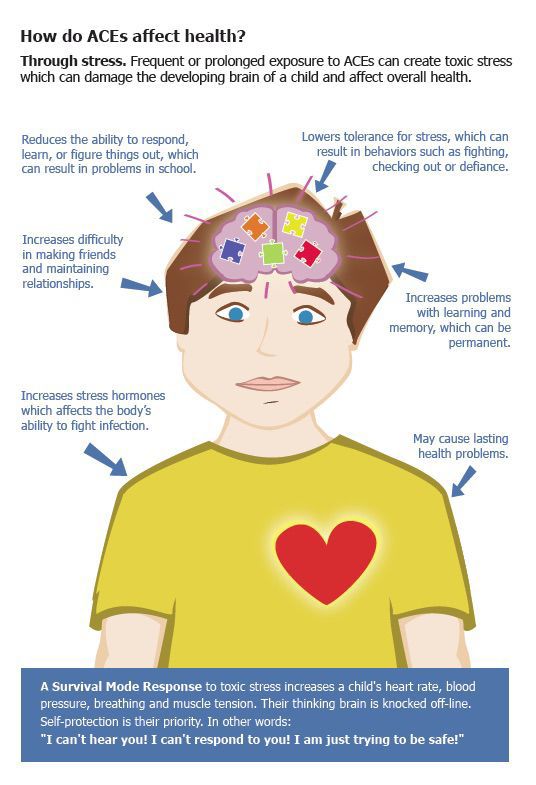
Dane: Emotional abuse occurs when a child is repeatedly rejected, isolated or frightened by threats, or by witnessing family violence.
It can include things like, derogatory name-calling and put-downs, to the extent that the child suffers, or is likely to suffer, emotional or psychological harm to their physical or developmental health.
Willa: Neglect includes a failure to provide the child with an adequate standard of nutrition, medical care, clothing, shelter or supervision to the extent that the health or physical development of the child is significantly impaired or placed at serious risk.
Neglect may not immediately compromise the safety of the child, and can also result in longer term cumulative harm.
Willa: Family violence is behaviour towards a family member that may include:
- physical violence or threats of violence
- verbal abuse
- emotional or psychological abuse
- sexual abuse; and
- financial and social abuse.
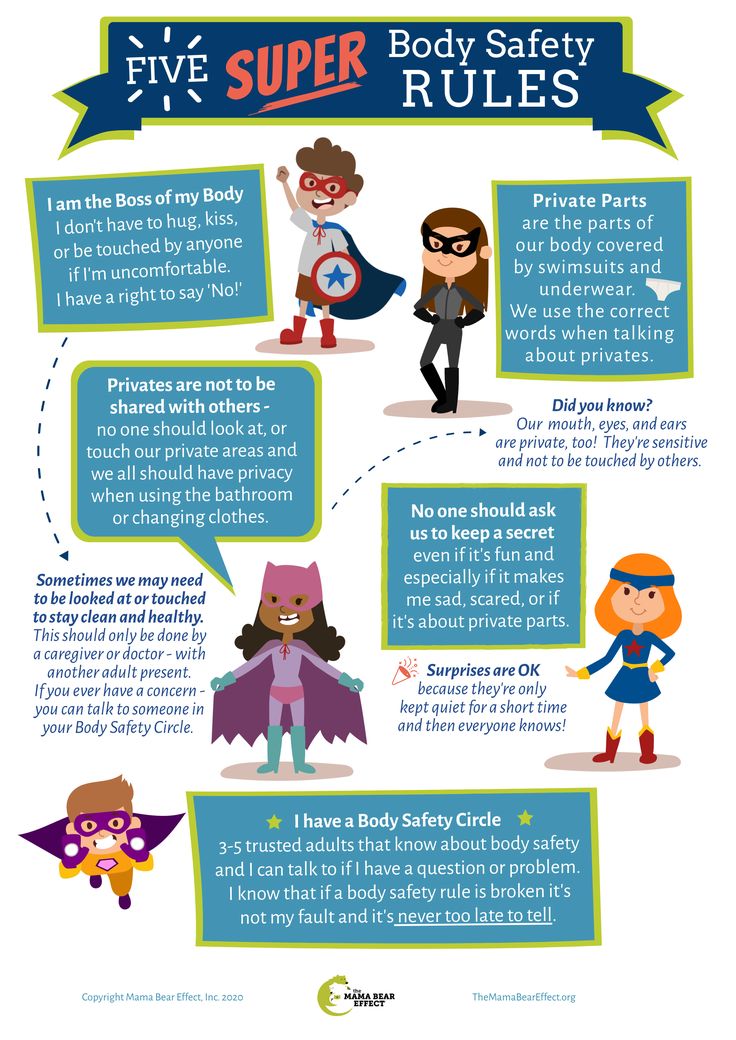
Dane: The signs that a child is being abused might be different depending on the type of abuse, right Willa?
Willa: Yes, and there is a breakdown of the typical signs of each form of abuse on the website, but let’s run through some critical physical and behavioural signs to look out for for all forms of abuse.
PHYSICAL INDICATORS
- bruises, welts, cuts/grazes or burns (especially those on back, bottom, legs, arms and inner thighs or in unusual configurations and may resemble an object)
- internal injuries and bone fractures not consistent with the explanation offered
- any injury to the genital or rectal area (e.g. bruising, bleeding, infection or anything causing pain to go to the toilet)
- wearing clothes unsuitable for weather conditions to hide injuries
- sexually-transmitted diseases and/or frequent urinary tract infections
- appearing consistently dirty and unwashed and/or inappropriately dressed for weather conditions
- being consistently hungry, tired and listless
- having unattended health problems and lack of routine medical care.
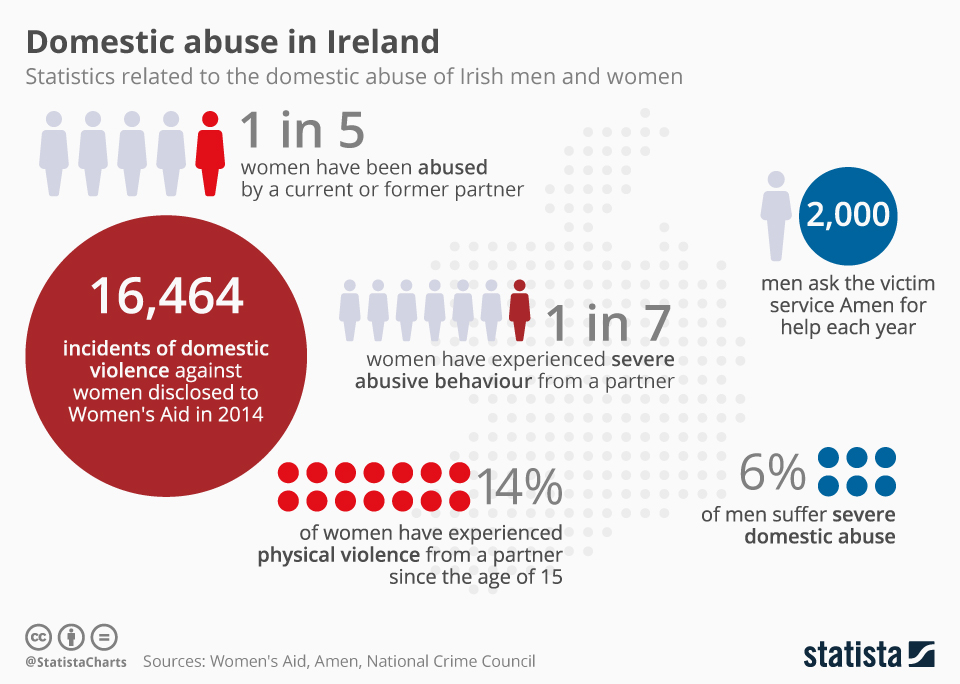
Willa: Here is a list of the common physical indicators.
Dane: So looking at this list we should definitely be on the lookout for bruises and welts, internal injuries and injury to genitals, wearing unsuitable clothes to hide injuries, STDs, being consistently unwashed, hungry and having unattended health problems.
Willa: That’s right. The best rule of thumb, is to err on the side of caution. If something doesn’t seem right and you suspect that a child may be being abused then you should act by following the Four Critical Actions.
BEHAVIOURAL INDICATORS
- disclosure of abuse and/or drawings or writing which depicts violence and abuse
- habitual absences from school without reasonable explanation
- significant and unexplained delays in emotional, mental or physical development
- regressive or unusual changes to behaviour (e.g. sudden decline in academic performance, nervousness, depression, withdrawal, hyperactivity, aggression, bedwetting)
- drug or alcohol misuse, suicide or self-harm, harm to others or animals
- an inconsistent or unlikely explanation for an injury, or inability to remember the cause
- reluctance to go home and/or a wariness or fear of a parent/carer
- unusual fear of physical contact with adults
- persistent and age-inappropriate sexual activity (e.
 g. excessive masturbation or rubbing genitals against adults, promiscuity)
g. excessive masturbation or rubbing genitals against adults, promiscuity) - poor self-care or personal hygiene
- an unusually close connection with an older person
- possessing expensive gifts or money (e.g. a new mobile phone given to them by a “friend”)
Willa: Here is the list of common behavioural indicators.
Dane: There are some easy to identify indicators here too, like:
- If you see drawings or writing from a student which depicts abuse
- Or if there is persistent sexual activity which is inappropriate for their age.
Willa:
- Or if they have an unusual fear of physical contact with adults
- Or possess expensive gifts, or have unusually close connection with an older person.
Dane: I’m guessing that there are also signs that an adult may be perpetrating abuse, too?
Willa: Definitely
Dane: So we should be on the look out for any relationship between a family member and child or a staff member or other adult and child that makes us feel uncomfortable too?
Willa: Yes.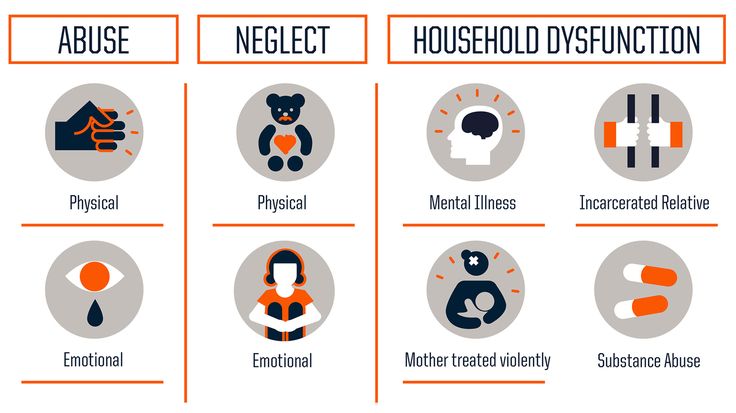
Within the family we should look for overprotective or volatile relationships and a child’s reluctance to be alone with a family member. With other adults (including school staff members), we should look out for:
- signs of inappropriate touching and social boundaries (like bringing up sexual or very personal detail in conversation)
- giving of gifts; and
- attempts to be alone with a child.
Dane: It says that adults may also try to undermine a child’s reputation so no one will believe them about the abuse.
Willa: That’s right.
Dane: So what we’ve learnt is that:
- there are different forms of abuse
- there are a range of common physical and behavioural indicators that a child may be being abused
- and a range of signs that an adult is perpetrating abuse.
Willa: And most importantly…
Dane: If you form a reasonable suspicion that a child is being abused, or is at risk of abuse, or an adult is perpetrating abuse, even if you’re not sure you must…
Both: Follow the Four Critical Actions.
Report abuse
Find out about the four critical actions you must take when responding to an incident, disclosure, or suspicion of child abuse: Report child abuse in schools.
Reporting and other legal obligations
All school staff members have a moral and legal obligation and a Duty of Care to protect any child under their care from foreseeable harm, refer to Reporting and other legal obligations.
Responding to other concerns about the wellbeing of a child
If you hold other wellbeing concerns for the child in addition to or other than abuse, refer to Reporting abuse: responding to other concerns about the wellbeing of a child.
Download PROTECT guides
PROTECT guide for staff spotting the warning signs of child abuse:
- Spotting the Warning Signs of Child Abuse: For School Staff
- Spotting the Warning Signs of Child Abuse: For School Staff
The information on this page has been taken from PROTECT: Identifying and responding to all forms of abuse in Victorian Schools. Download the guide in full:
Download the guide in full:
- Identifying and responding to all forms of abuse in Victorian schools
- Identifying and responding to all forms of abuse in Victorian schools
Providing support to staff members
Allegations and instances of student sexual offending can cause trauma and significantly impact the mental health and wellbeing of school community members.
For more information on how to support students and impacted staff members, refer to: Providing Ongoing Support.
Support for you
If you need to talk to someone, it is recommended that you speak to your school leadership team about arranging appropriate support. You can also talk to your GP or another allied health professional.
Government school staff can also contact the Employee Assistance Program on 1300 361 008.
Signs & Symptoms | Child Abuse
- infants excessive crying or developmental delay
- fear, anxiety, clinging
- phobias
- nightmares, sleeping problems
- bed wetting
- social withdrawal
- hyperactivity
- poor concentration/distractibility
- decreased school performance
- chronic school absenteeism
- speech disorders
- regressive behavior for age
- seems afraid of parent
- eating issues
- depression, passivity
- increased verbal abuse or physically aggressive behavior with others
- destroys or injures objects or pets
- substance abuse
- self-harm such as cutting
- sexualized behavior
- symptoms of PTSD
- avoidance of undressing
- withdrawal to touch, afraid of exam
- overly compliant, especially with difficult or painful parts of the exam
- headaches
- abdominal pain, chronic
- abdominal pain, acute – blunt trauma may not show external marks – look for distention, tenderness, absent bowel sounds
- vague somatic complaints, often chronic
- worsening medical problems, such as asthma
- frequent, unexplained sore throat
- abnormal weight gain or loss
- reluctance to use an extremity
- difficulty walking or sitting
- genital discomfort or painful urination or defecation
- unexplained symptoms - look for poisoning, forced ingestion of water, salt (Munchausen by proxy)
- vomiting, irritability or abnormal respiration may represent head trauma
- poor hygiene
- dressed inappropriately for weather
- failure to thrive, poor weight gain, malnutrition
- lack of care of medical needs; wound care, medication
- see fractures
- dislocations
- see bruising
- defensive injuries on forearms
- bites - human bites are more superficial than animal, and show up better 2-3 days later
- burns – (in 6-20% of abused children) cigarette, rope, immersion, or shape of hot object
- is the severity of the burn consistent with length of contact by history?
- cigarette burns circular, 8-10mm deep, heaped margin - may be confused with impetigo or moxibustion
- stun gun burns occur in pairs, 0.
 5cm diameter and 5cm apart
5cm diameter and 5cm apart - immersion burns have sharp line of demarcation without drip or splash marks
- signs of restraints on axilla or extremities
- trauma to ear
- lacerations
- traumatic hair loss
- facial injuries without good explanation
- oral/dental injuries, such as torn or bruised frenulum, lips, teeth, palate, tongue or oral mucosa
- injuries from non-ambulatory child may be "bottle jamming"
- lacerations or tissue damage to oral structures may come from eating utensils, scalding or caustic liquids
- scarring/bruising at corners of mouth from being gagged
- oral injuries/STDs from forced oral sex
- head injury, mental status change
- retinal hemorrhage
- subdural hematoma
- intra-abdominal trauma, usually to multiple organs
- bruising, tearing, bleeding, discharge from genital or rectal area
- diagnosed STD or pregnancy
[Adapted from multiple sources listed in Resources and References]
Warning!
Parents may seem evasive or inconsistent in their story due to language or cultural differences, or to being embarrassed or afraid relating to some other issue. Cultural/language difficulties may also lead to delayed care.
Cultural/language difficulties may also lead to delayed care.
What are age-appropriate normal sexual behaviors?
Children may be injured by domestic violence via:
- being too small to get out of the way
- trying to intervene
- becoming an object of abuse
- being neglected by the abused parent, who may be focused on their own fear or depression
Red flags with injuries:
- explanation doesn’t fit the injury as to pattern, timing, or developmental ability of child
- explanation keeps changing
- child is consistently blamed as cause of repeated injuries
- significant injuries attributed to a young sibling
- delay in seeking medical care
- history of multiple ED visits
- frequent change of primary care provider
Parental risk factors:
- rigid, severe discipline
- strongly responds to negative behaviors, ignores child's positive behaviors
- ridicules child in public
- isolates child socially or from other family members
- seems overprotective or jealous
- unrealistic expectations of child development or behavior for age
- parent is caregiver for child with significant cognitive, physical or emotional disabilities
- child unwanted, unplanned
- lack of emotional interaction with child
- inappropriate over or under concern about injury
- partial confession
- depression
- difficulty controlling emotions, esp.
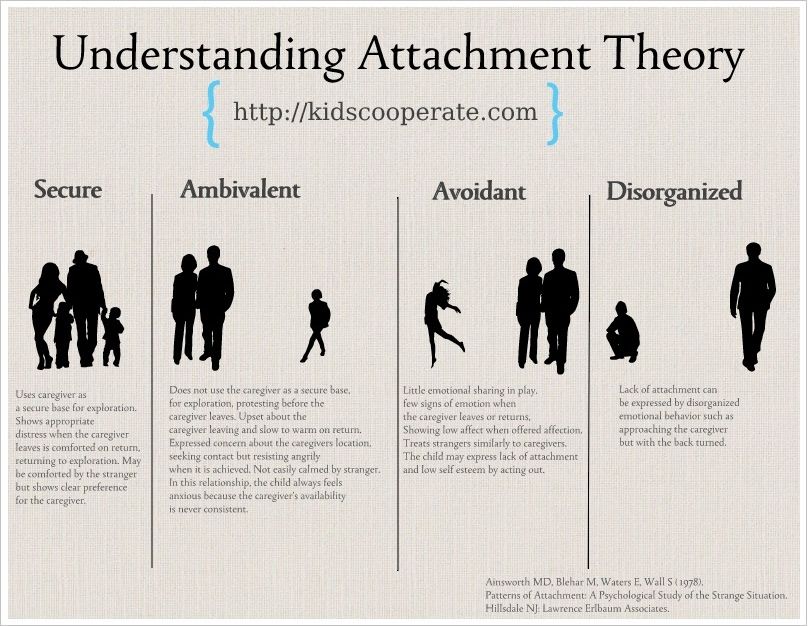 anger
anger - substance abuse
- teen parenthood
- family stress such as divorce, job loss
“I drew sad emoticons and wrote “help”. How to understand that a child has been a victim of violence
“He's just joking”
At the beginning of summer, a biology teacher from one of Moscow schools turned to the “Surrender a Pedophile” movement. According to the leader of the movement, lawyer and clinical psychologist Anna Levchenko, then the teacher told the volunteers of the hotline that she began to notice some oddities in her then 15-year-old student Nicoletta.
“At one point, Nika suddenly “rolled down” into twos and threes, which was unusual for her, and then she began to draw sad emoticons on the pages with passed tests. After some time, the word “help” appeared on the notebook sheet, written in huge letters,” Levchenko said.
The teacher invited the girl to a conversation, during which she wrote on paper that her stepfather harassed her at the age of 14.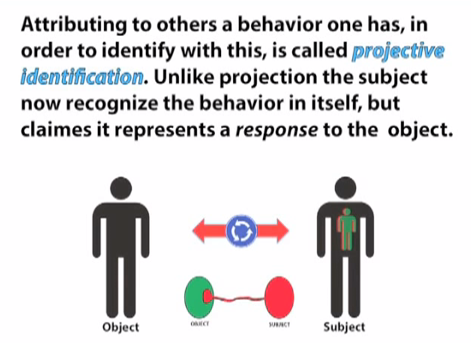 Later it turns out that during the harassment, the girl rebuffed her stepfather, and he severely beat her. When Nika told her mother about what had happened, she replied that "he was just joking."
Later it turns out that during the harassment, the girl rebuffed her stepfather, and he severely beat her. When Nika told her mother about what had happened, she replied that "he was just joking."
“In a conversation with a teacher, the girl was so stifled and frightened that she could not even say what was happening in words. The teacher immediately turned to our service, and while we were trying to get Nika to be evacuated from her family, the school management found out about the proceedings.
And no, the teachers did not support the teacher, but scolded her, saying that she should have informed them first, and they would have called the guardianship authorities. Moreover, they began to persecute her and forced her to quit of her own free will. And they immediately called Nika's mother for an educational conversation, who, upon returning home, beat the child. That same night, the girl tried to commit suicide in front of her mother. And she didn’t even call an ambulance for her,” said the leader of the “Surrender the pedophile!” movement.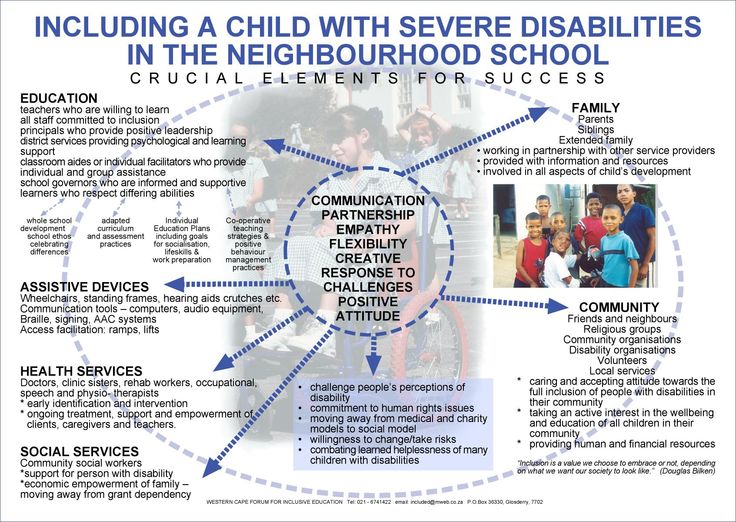
As a result, the ambulance took Nika straight from school, she was called by the same biology teacher. It was possible to achieve the placement of the child for several months in a rehabilitation center, where she is now. Psychologists worked with Nika for a month and a half, now law enforcement agencies are waiting for the girl to return from the center in order to open a criminal case, at this stage the proceedings are going on at the level of guardianship authorities.
“Her relatives continue to write insults to our volunteers, Nika and her friends, calling the child a prostitute and a lesbian. And this is only a small censored part of what the girl receives in her address. Nika is very afraid that she will be returned to her family. But neither we, nor the Ombudsman for Children in Moscow, who is dealing with this case, of course, will not allow this. Now the child is in the camp from the rehabilitation center, she receives support from girls with whom a similar situation happened, and learns to live anew, ”concluded Levchenko.
“I’ll talk to him and he won’t do it again”
According to “Surrender a Pedophile”, up to 60% of cases of sexual abuse of children occur within the family or by very close people: these are fathers, stepfathers, older brothers, uncles and those who are just part of the family. This statistics, the psychologist believes, can be attributed to all civilized countries.
“The biggest problem in all this is that in 90% of cases the child tries to tell his parents about the abuse, but often no one hears him. Most often, this happens like this: the child talks about what happened either immediately on the day, or within 1-2 months after the incident, and receives condemnation in response. Women cover up pedophiles, and in their social construct, a male rapist is much more important than a child,” Levchenko said.
In this way, according to the psychologist, mothers do not want to wash dirty linen in public, blame the child or say that if a pedophile goes to prison, they will lose their only breadwinner and they will have nothing to live on. The most typical thing you can hear from such parents is: "I'll talk to him, and he won't be like this again."
The most typical thing you can hear from such parents is: "I'll talk to him, and he won't be like this again."
“Two days ago we received an appeal from a relative of the injured girl who asked what to do. The niece told the applicant that she had been raped by her mother's partner for a long time, and when she turned to her mother, she said that her daughter just wanted to quarrel with her friend and was jealous. The conversation between the girl's aunt and her mother did not help. Fortunately, the woman herself decided to go to the Investigative Committee and wrote a statement, ”Levchenko said.
It is because of the indifference of parents, according to the expert, that children try to tell other relatives, friends, or even through social networks about what is happening. Most often, parents in marginalized families do not pay attention to the words of their children.
“This is just at the level of statistical error, when a normal mother - with a normal psyche, not marginal and not in an abusive relationship and dependence on her child's abuser - not only will not listen to the child, but will not understand that something is wrong with him that is not so. Children always show if something is happening to them and if you are a good parent who is in contact with a son or daughter, you will never miss a change in the child's behavior. Moreover, he will definitely try to let you know that something is happening on his own,” the leader of the “Surrender the pedophile!” movement is convinced.
Children always show if something is happening to them and if you are a good parent who is in contact with a son or daughter, you will never miss a change in the child's behavior. Moreover, he will definitely try to let you know that something is happening on his own,” the leader of the “Surrender the pedophile!” movement is convinced.
How to know if your child has been harassed or sexually abused
According to child and adolescent psychologist Anfisa Kalistratova, there is a specific risk group among children who are more likely to be abused. Psychologists came to these conclusions by studying the already accomplished circumstances of such crimes.
Thus, as a rule, quiet, obedient and practically without their own opinion children, both boys and girls, are at risk. Also often in families where such cases occur, one or two parents use authoritarian parenting methods.
“A child already in the family is taught to obey unquestioningly the authority of an adult, which destroys his personality and prevents the formation of critical thinking, which plays a key role in assessing a dangerous situation.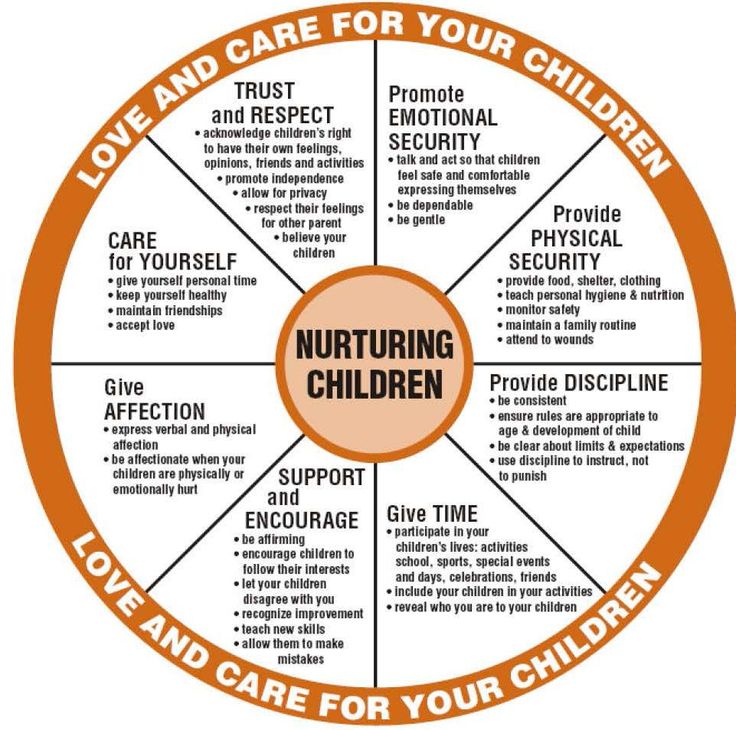 The child cannot call outsiders for help, for example, in cases of abduction, or turn to his parents for help, as he is used to submission, ”says Kalistratova.
The child cannot call outsiders for help, for example, in cases of abduction, or turn to his parents for help, as he is used to submission, ”says Kalistratova.
Rapists, understanding the risks, try to choose just such children in order to avoid unnecessary problems and hide their actions. Noisy, active and stable children do not attract them, because it is from them that the rescue initiative often comes, Kalistratova added.
The first signs that a child has been abused are behavioral: the child becomes quieter, very obedient - almost weak-willed, has more frequent nightmares and develops or worsens nocturnal enuresis.
“All these symptoms are not obvious, and in everyday worries they are completely imperceptible, but upon careful observation they become obvious. It is also worth paying attention to if the child suddenly refuses to make contact with some people close to the family. Unfortunately, sometimes the parents themselves initiate such a rapprochement, they say, sit on your uncle's arms, nothing like that.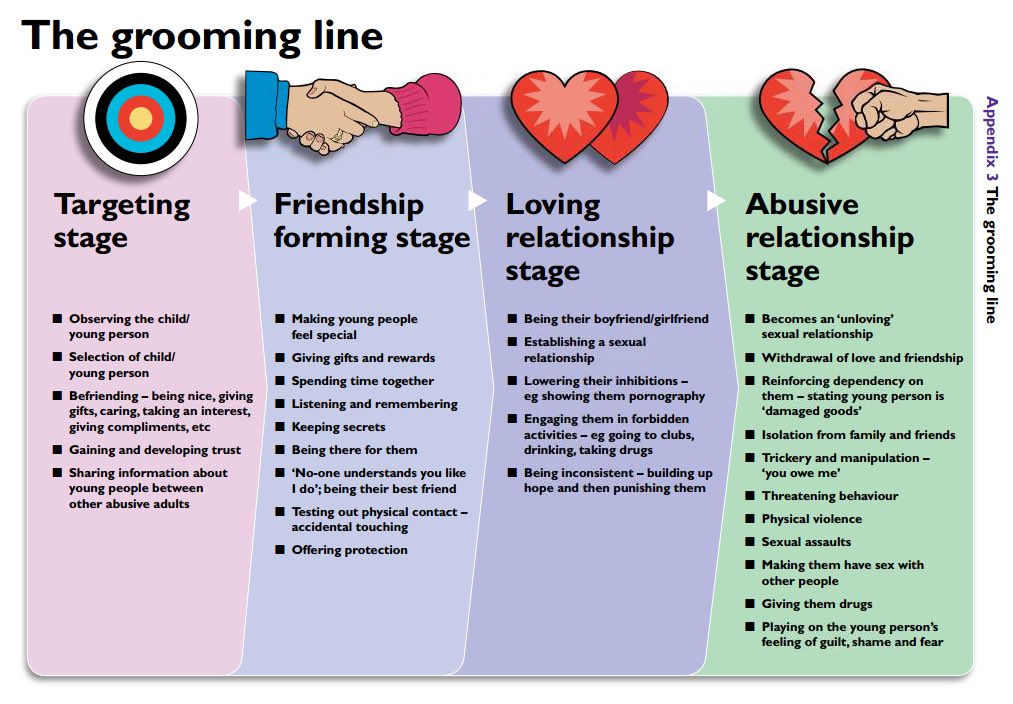 Or ask the child to say hello, hug. At the same time, the child himself is against such contacts. And this cannot be ignored - you need to be alert, ”the expert warned.
Or ask the child to say hello, hug. At the same time, the child himself is against such contacts. And this cannot be ignored - you need to be alert, ”the expert warned.
Psychologist Marina Gladysheva noted that "bells" in the behavior of adults can also be noticed. And here you need to focus on human behavior and attitude towards children. For example, when someone of adult acquaintances began to show a strong interest in the child, expressed a desire to spend more time with him, to play children's games. Especially when it comes to sudden interest.
“Also, evasive answers, for example, to questions about what an adult and a child did on a walk, as well as a desire to stay alone with a child and strange reasons to spend time with him, attempts to artificially interest him, are also calls,” Gladysheva said. .
What to do if there are suspicions of violence against a child
As the psychologist Gladysheva advised, in such situations, you should always trust the child, not question his words. Even if he is cunning or exaggerating, you need to understand the reason. If you delay or close from the situation, you can only aggravate the condition of the child and lose confidence. If, with suspicions that have arisen, it is difficult for an adult to maintain self-control, you need to contact a specialist.
Even if he is cunning or exaggerating, you need to understand the reason. If you delay or close from the situation, you can only aggravate the condition of the child and lose confidence. If, with suspicions that have arisen, it is difficult for an adult to maintain self-control, you need to contact a specialist.
“If a child pretends that everything is in order, the reasons may be different - for example, he does not trust his parents much. This means that they have not formed such a relationship that the child understands that they are always on his side and can help him. And this is not about the fact that he was told so, these are precisely the relationships that have been built, when there is and was confirmation of this, ”the expert clarified.
The second option, why the child is silent - he was intimidated and he is afraid, but here, according to the psychologist, the question is only for parents: how well do you know your child in order to notice that something is wrong with him, how ready are you help without accusations, in a way that would be comfortable for him.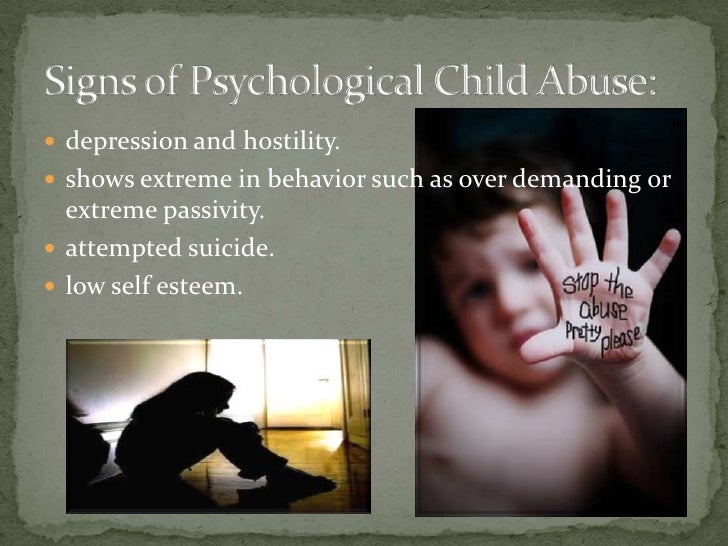 Perhaps the child believes that he can only aggravate the situation with his story, but not help himself.
Perhaps the child believes that he can only aggravate the situation with his story, but not help himself.
Child psychologist Kalistratova recommended that, if there are suspicions, first of all, completely limit the contact of the child with a suspicious adult and observe the child. If he gets better, that is, he shows more activity and interest in different activities, then most likely there was no mistake.
“Unfortunately, in this case we are talking about several months, from 3 months to a year, if the contacts were frequent (from one to several times a month). But I know situations where such "meetings" were seasonal, for example, during summer and/or winter holidays. This is even more difficult to calculate, ”said the psychologist.
The second thing to do, Anfisa Kalistratova believes, is to contact a specialist for a diagnosis of psychological and mental health. If something was, the diagnosis will reveal the injury.
The child and adolescent psychologist also advised children to be allowed to show attention and kindness to other adults as much and as much as they want.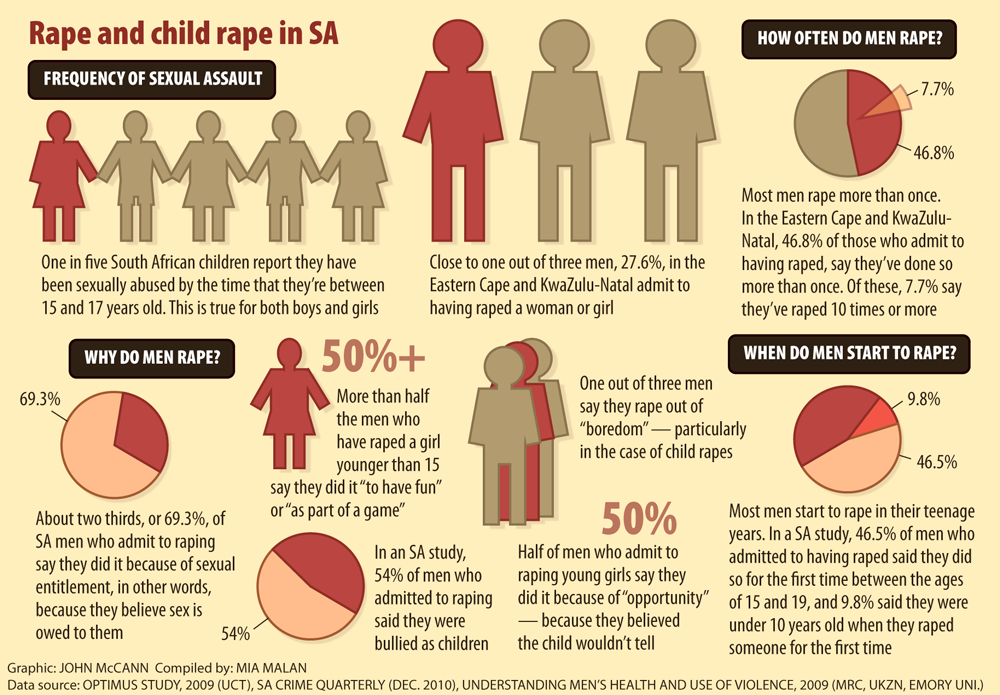 If the child does not want to say hello, he has every right.
If the child does not want to say hello, he has every right.
“And no, it doesn't look ugly, it's just that the mood can be bad, and children like to say hello in a good mood. You also need to always treat children as equals, protect their opinions, desires, give them the opportunity to speak out and make their own decisions, of course, with control of health and life. Only then, if there are healthy trusting relationships in the family, the child will either not be exposed to such a situation at all, or will be able to immediately tell about it, ”concluded Kalistratova.
Trial balloons? Little Signs of a Big Problem: A Qualitative Study of Circumstances Helping Parents Recognize Early Signs of Child Sexual Abuse [Research Summary] | ChildHub
In cases of sexual abuse, children often find it difficult to tell anyone about the abuse. However, studies based on parents' recollections of their children's experiences of sexual abuse during therapy sessions confirm that children often give non-verbal signals, however small or indirect, that they have been abused. The response of the parent/guardian to these signs determines whether or not the child will come forward about being a victim of abuse. This suggests that parents and professionals need to understand the importance of dialogue when a child begins to talk about sexual abuse, as well as respond to potential signs that provide an opportunity to receive this information.
The response of the parent/guardian to these signs determines whether or not the child will come forward about being a victim of abuse. This suggests that parents and professionals need to understand the importance of dialogue when a child begins to talk about sexual abuse, as well as respond to potential signs that provide an opportunity to receive this information.
One of the reasons children find it difficult to talk about sexual abuse is that often the perpetrators are family members or are trusted by their parents. In addition, children often feel responsible or complicit in cases of sexual abuse and fear the consequences of disclosure. In general, children are very responsive to the demands of the adults around them when deciding whether and when to talk about their abuse. Therefore, children may give indirect signs or “trial balloons” to adults they trust about their abuse and then, based on the response they receive, choose to report (or not report) that they have been abused.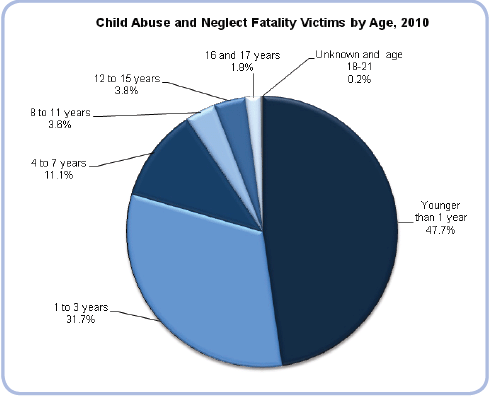
In the 20 cases examined in this study, all of the children involved gave signs or "trial balloons" to parents or guardians that were usually indirect and difficult to immediately recognize as signs of abuse. Often these could be questions about rules or obligations, for example, if the child asked if it was necessary for him to stay with a family member or trusted friend who was bullying him, and expressed concern about the circumstances in which he was abused, for example, being alone with the offender. In several of these cases, the adult interviewed ignored these signals, comforting the child or pointing out the need to follow the rules and fulfill obligations. In these cases, the child stopped giving out information and did not report the abuse at that time. Conversely, if adults responded to these cues with open responses that encouraged further dialogue (for example, when a parent asked why the child was worried or afraid), in the subsequent conversation, the children reported that they had been abused.